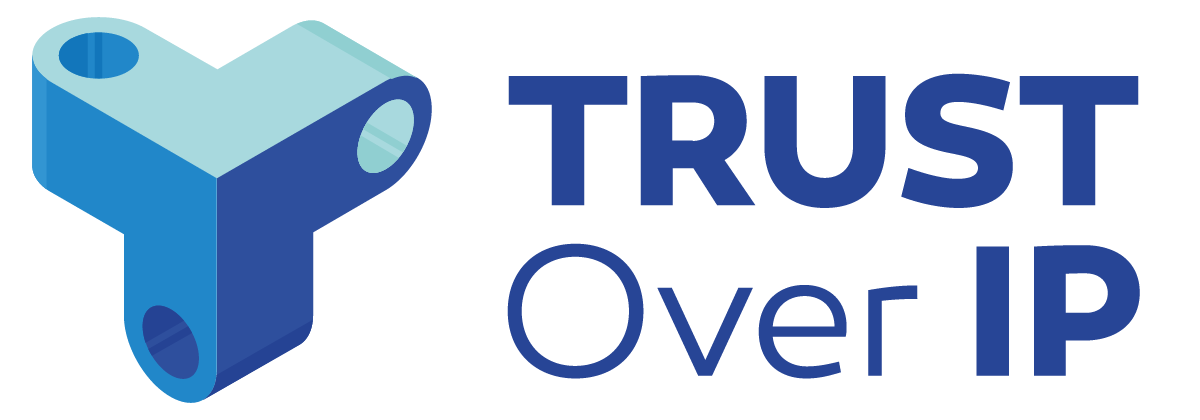The ToIP Foundation is pleased to announce the release of the first public review draft of the ToIP Technology Architecture Specification V1.0. This document specifies the architectural requirements for the ToIP Technology Stack shown on the left side of the diagram below. (The first generation requirements for the ToIP Governance Stack on the right side were published in January 2022.)

This first public review draft represents over a thousand collective hours of work by members of the Technology Architecture Task Force of the ToIP Technology Stack Working Group. It is divided into 12 sections:
- Introduction
- Terminology
- Motivations
- Audience, Purpose, and Scope
- Example Use Cases
- Reference Architecture Overview
- Endpoint Systems and the Layered Stack
- The ToIP Trust Spanning Protocol
- Intermediary Systems
- Supporting Systems
- Endpoint System Interoperability
- Integration with the ToIP Governance Stack
It also includes three helpful Appendices:
- Consolidated Requirements — a table of all 30 normative architectural requirements broken down by layer
- Consolidated Views of the ToIP Stack — a set of diagrams showing different ways of viewing the technology stack as a whole.
- Evolution of the ToIP Stack — a synopsis of the new living document published by the ToIP Foundation — see below.
The Hourglass Model
Of the 17 Design Principles for the ToIP Stack developed by the ToIP Foundation in 2021, perhaps none is more important than #3, the Hourglass Model. It can be summarized as:
In a layered protocol architecture, the most successful design takes an hourglass shape where a single “spanning layer” in the middle connects a family of higher-level application-facing protocols with a family of lower-level transport protocols.
The Hourglass Model is widely cited as the key reason for the success of the TCP/IP stack that gave us the Internet. Here is a depiction of the TCP/IP “hourglass” from a 2001 IETF presentation by Steve Deering of Cisco:

As this diagram shows, for the TCP/IP stack, the spanning layer is the IP protocol in the middle. For the ToIP stack, the spanning layer is the ToIP trust spanning protocol, as shown in this figure from section 6.2 of the specification:

The importance of the trust spanning layer is reflected in the fact that 60% (18 out of 30) of the requirements in the ToIP Technology Architecture Specification V1.0 are for this layer. The full implications of the Hourglass Model — when applied to establishing Internet-wide decentralized digital trust infrastructure — are further suggested by this diagram from Appendix B of the ToIP Technology Architecture V1.0 Specification:

The Public Review Process
The release of the first public review draft of the ToIP Technology Architecture Specification V1.0 is just the first step in completing the specification. The ToIP Technology Stack Working Group is reaching out to all related industry organizations and stakeholders for feedback. We plan to publish at least one (and possibly several) additional public review drafts before the 1.0 spec is finalized.
The draft specification is available in both PDF and Markdown formats. To provide feedback on the draft specification, please see the instructions on this page.
Evolution of the ToIP Stack
The release of the ToIP Technology Architecture V1.0 Specification for public review is the next major milestone in a multi-year process of fully defining the ToIP stack. To help audiences outside the ToIP Foundation better understand this planned progression of deliverables, the Foundation has also published a new living document called Evolution of the ToIP Stack. This document explains the four major stages of development as illustrated in this diagram:

The Evolution of the ToIP Stack also includes a mapping of existing technologies and specifications to the ToIP technology stack. Since this mapping will evolve both as the ToIP Technology Architecture Specification and the component technologies/specifications evolve, the ToIP Foundation intends to publish new versions of the Evolution of the ToIP Stack at each major evolutionary milestone. You can track new versions of the document here.

